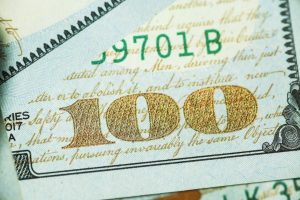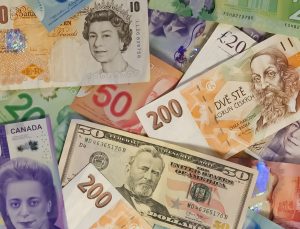Forex, or foreign exchange, is the largest financial market in the world, with an average daily trading volume of over $5 trillion. Traders can participate in this market by buying and selling currencies, with the goal of profiting from the fluctuations in exchange rates. In this article, we will explain the steps involved in making a trade on forex.
Step 1: Choose a Forex Broker
The first step in making a forex trade is to choose a reliable and trustworthy forex broker. A forex broker is a company that provides traders with access to the forex market, as well as a platform for buying and selling currencies. It is important to choose a broker that is regulated by a reputable financial authority, such as the Financial Conduct Authority (FCA) in the UK or the National Futures Association (NFA) in the US. Additionally, traders should consider factors such as trading fees, customer support, and the range of trading instruments offered by the broker before making a decision.
Step 2: Open a Trading Account
Once a broker has been selected, the next step is to open a trading account. This involves filling out an online application form and providing personal information such as name, address, and email. Traders will also need to provide identification documents, such as a passport or driver’s license, to verify their identity. Once the account has been approved, traders can fund their account using a variety of payment methods, such as credit/debit card, bank transfer, or e-wallet.
Step 3: Choose a Currency Pair
After funding the trading account, traders can choose the currency pair they wish to trade. Forex trading involves buying one currency and selling another, with the aim of profiting from the difference in exchange rates. The most commonly traded currency pairs are known as the major pairs, which include the US dollar, euro, Japanese yen, British pound, Swiss franc, Canadian dollar, and Australian dollar. Traders can also trade minor and exotic currency pairs, which involve currencies from smaller economies.
Step 4: Analyze the Market
Before making a trade, traders should analyze the market to determine the direction of the currency pair they wish to trade. This can be done using technical analysis, which involves using charts and indicators to identify trends and patterns in the market, or fundamental analysis, which involves analyzing economic and political events that may affect the exchange rate. Traders may also use a combination of both technical and fundamental analysis to make trading decisions.
Step 5: Place the Trade
Once the market has been analyzed and a trading decision has been made, traders can place the trade on their trading platform. This involves selecting the currency pair, entering the trade size (i.e. the amount of currency to be bought or sold), and setting the stop loss and take profit levels. The stop loss is a level at which the trade will be automatically closed if the price moves against the trader, while the take profit is a level at which the trade will be automatically closed if the price moves in favor of the trader.
Step 6: Monitor the Trade
After placing the trade, traders should monitor the market to see how the trade is performing. This involves watching the price movement of the currency pair and making any necessary adjustments to the stop loss and take profit levels. Traders may also choose to close the trade manually if they believe the market conditions have changed.
In conclusion, making a trade on forex involves choosing a reliable broker, opening a trading account, choosing a currency pair to trade, analyzing the market, placing the trade, and monitoring the trade. While forex trading can be a profitable endeavor, it also involves a high degree of risk and should be approached with caution. Traders should always use risk management tools such as stop loss orders and should never risk more than they can afford to lose.





